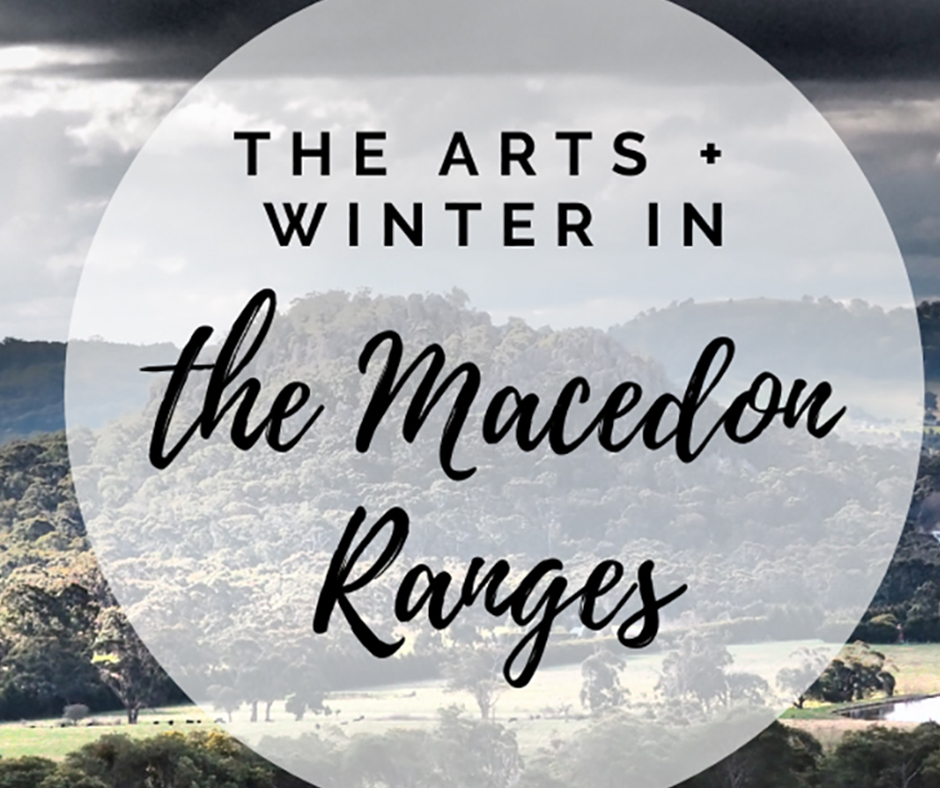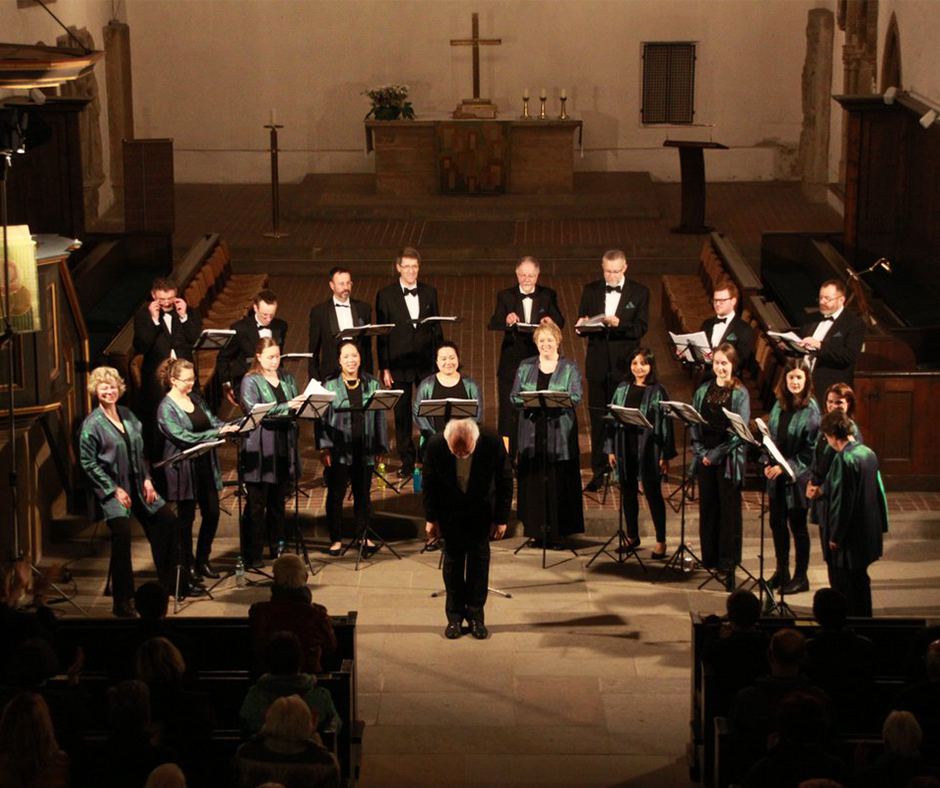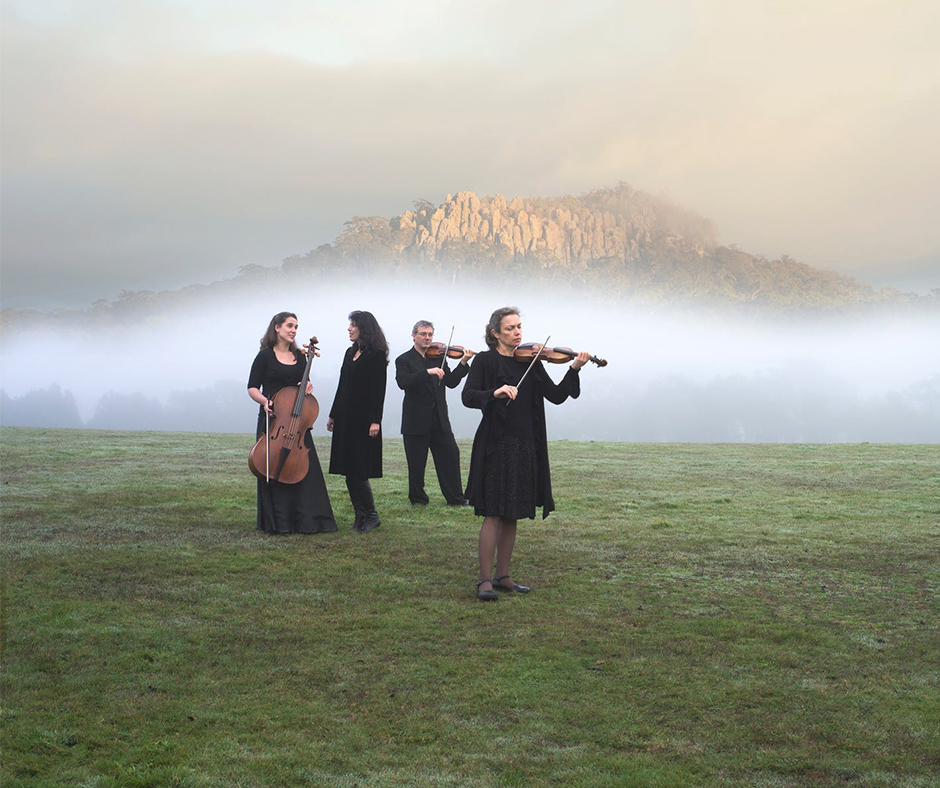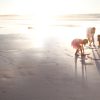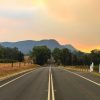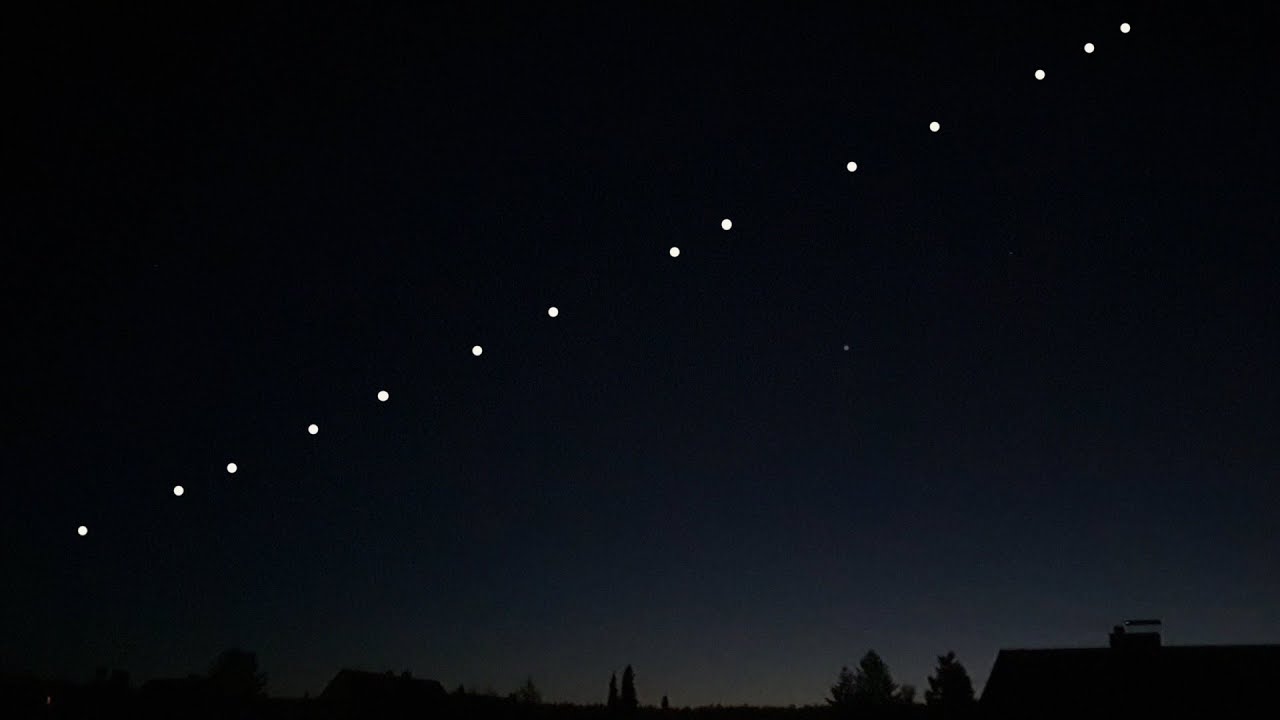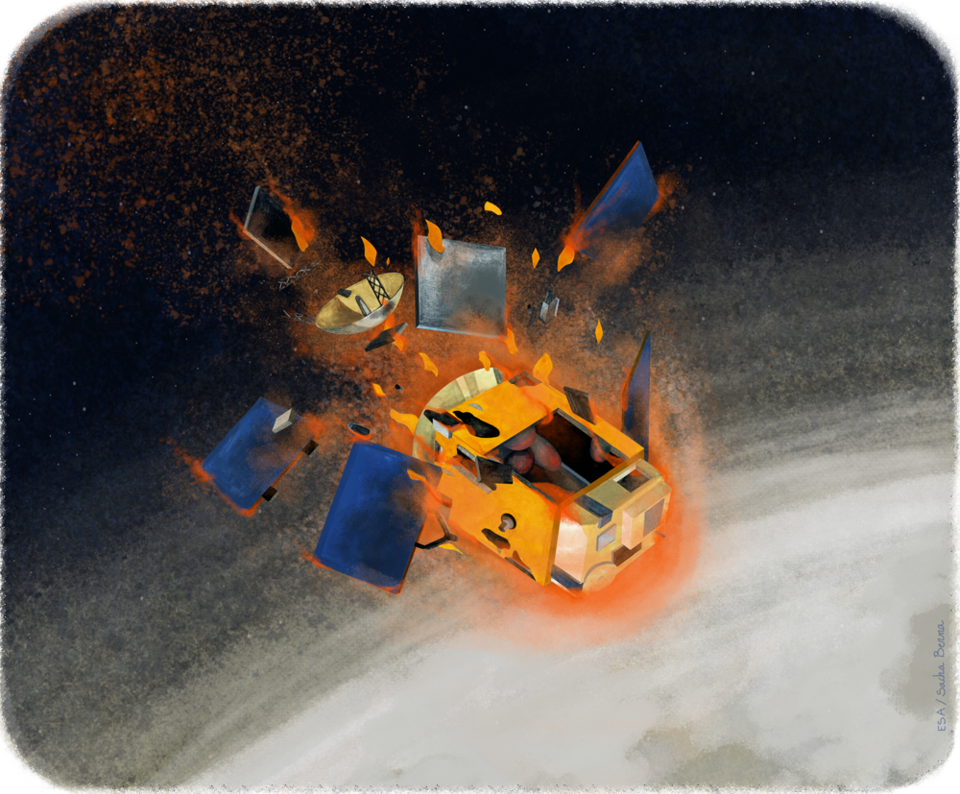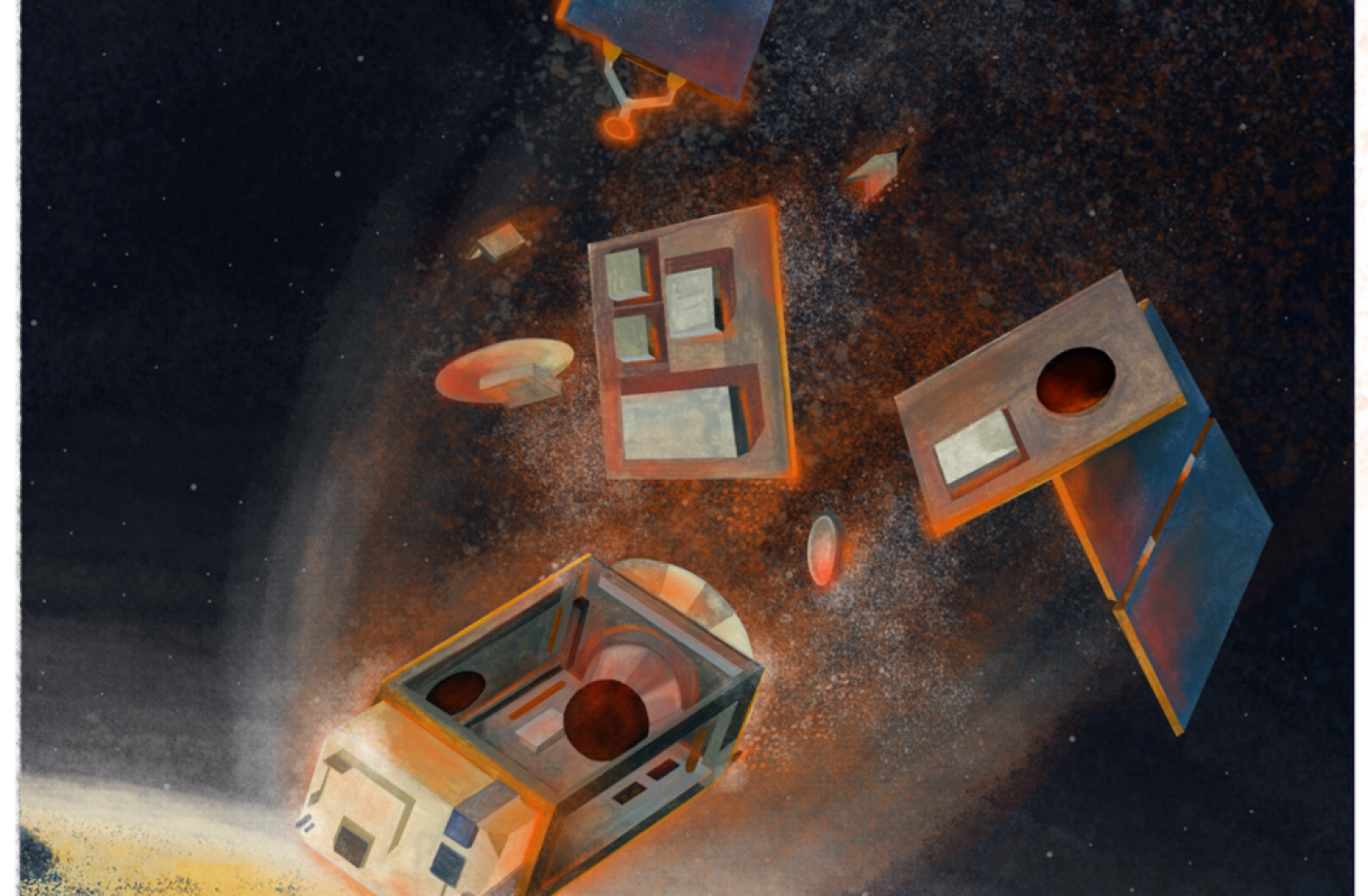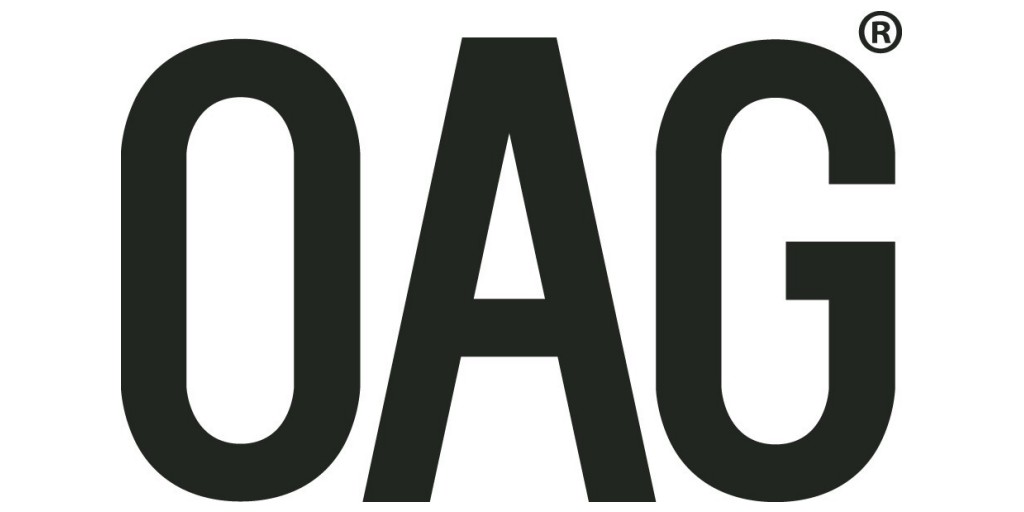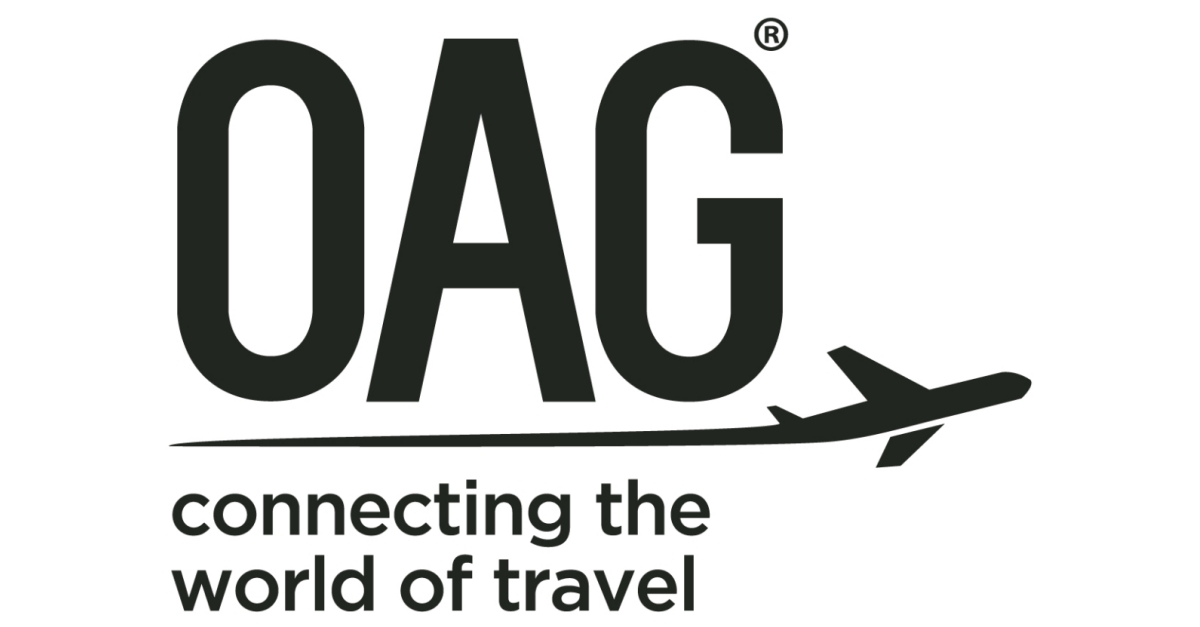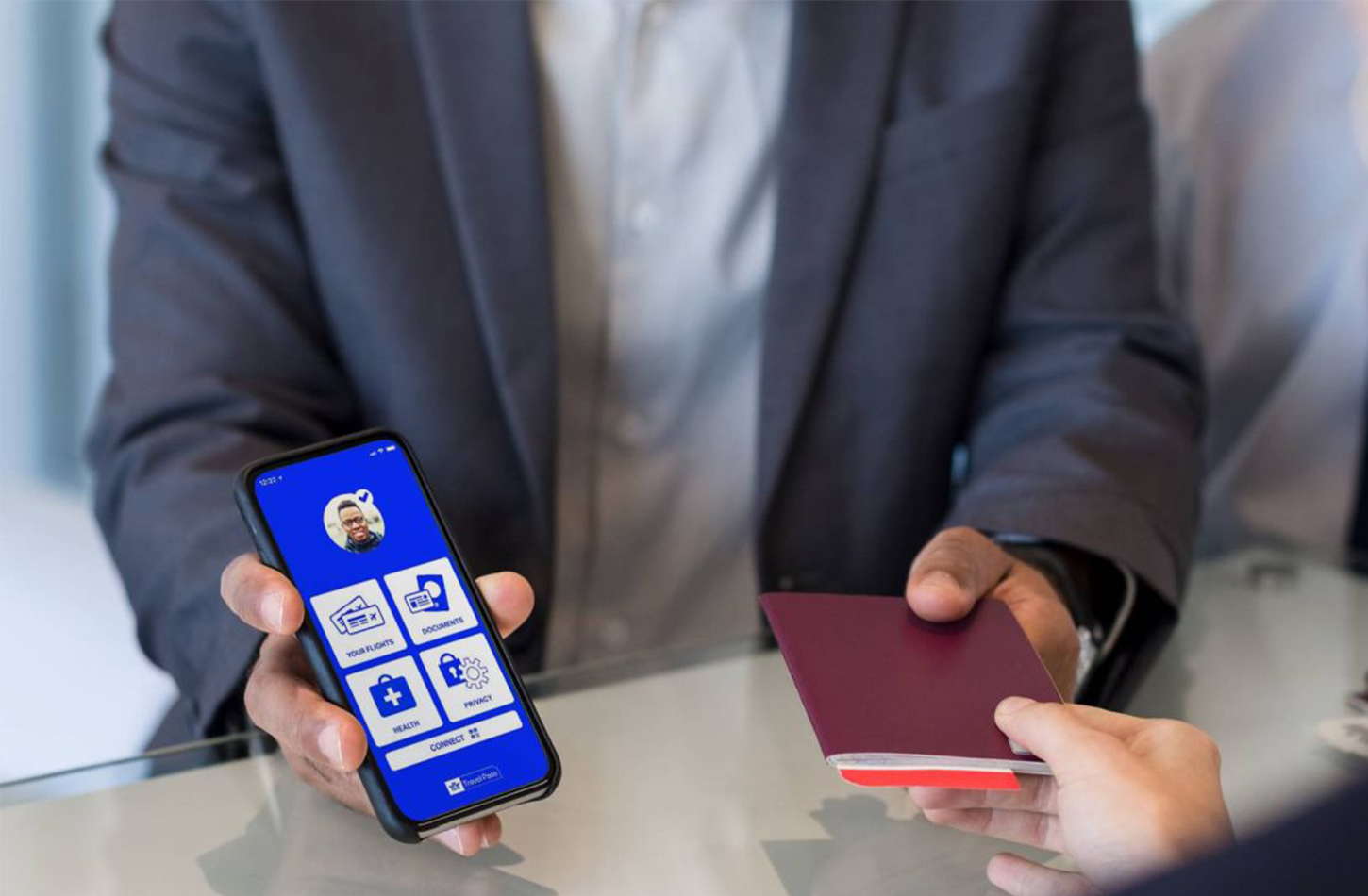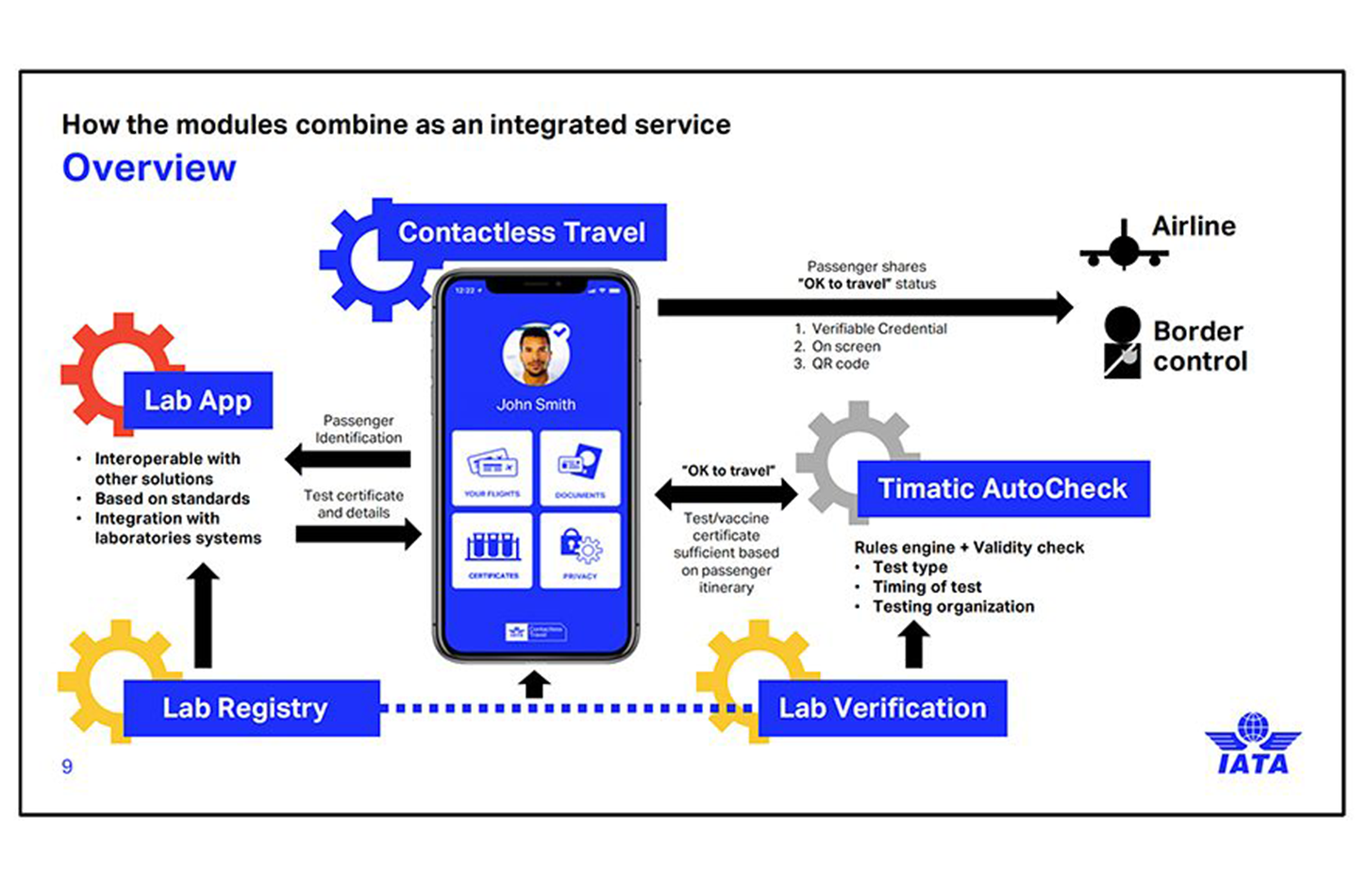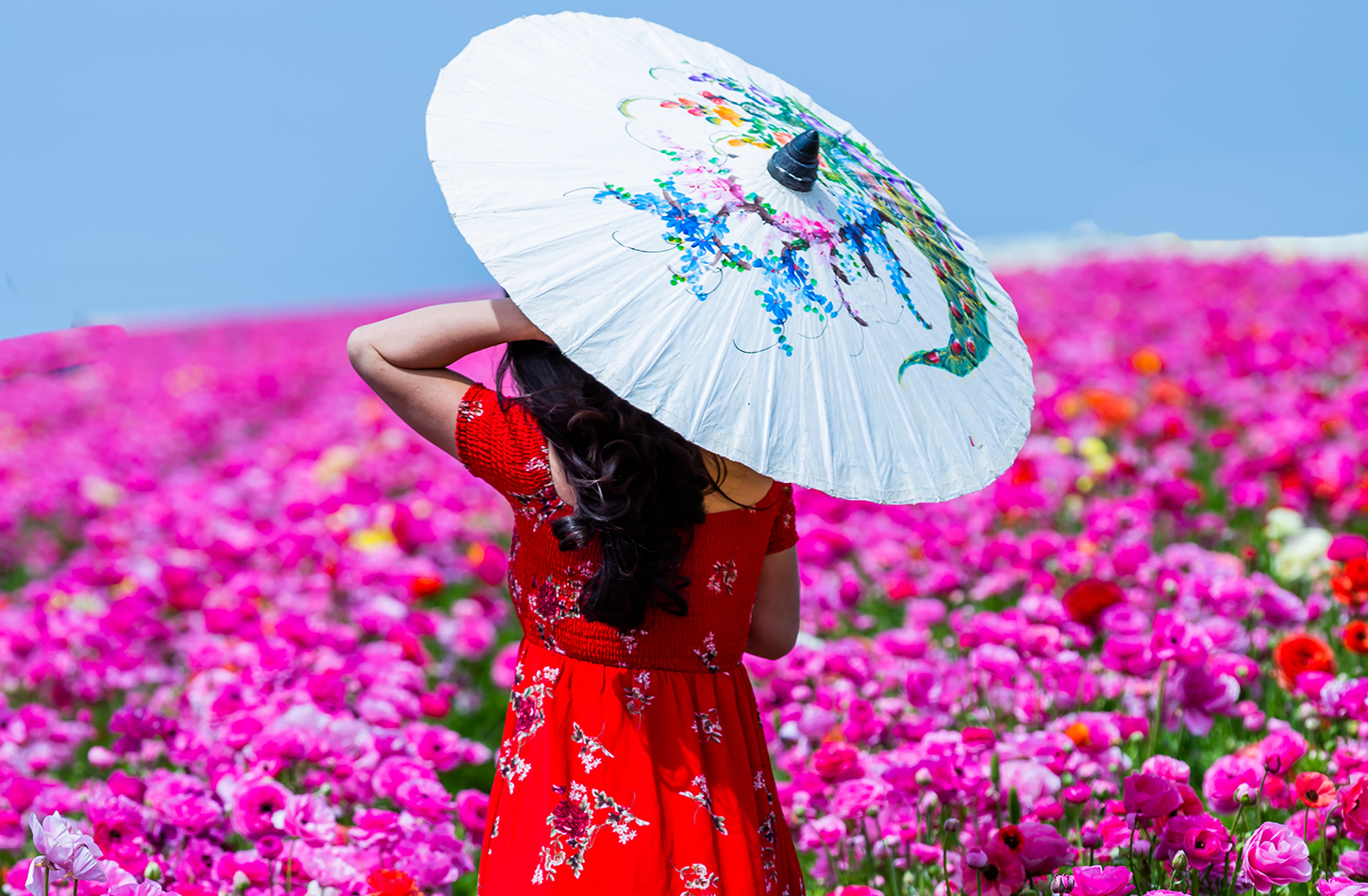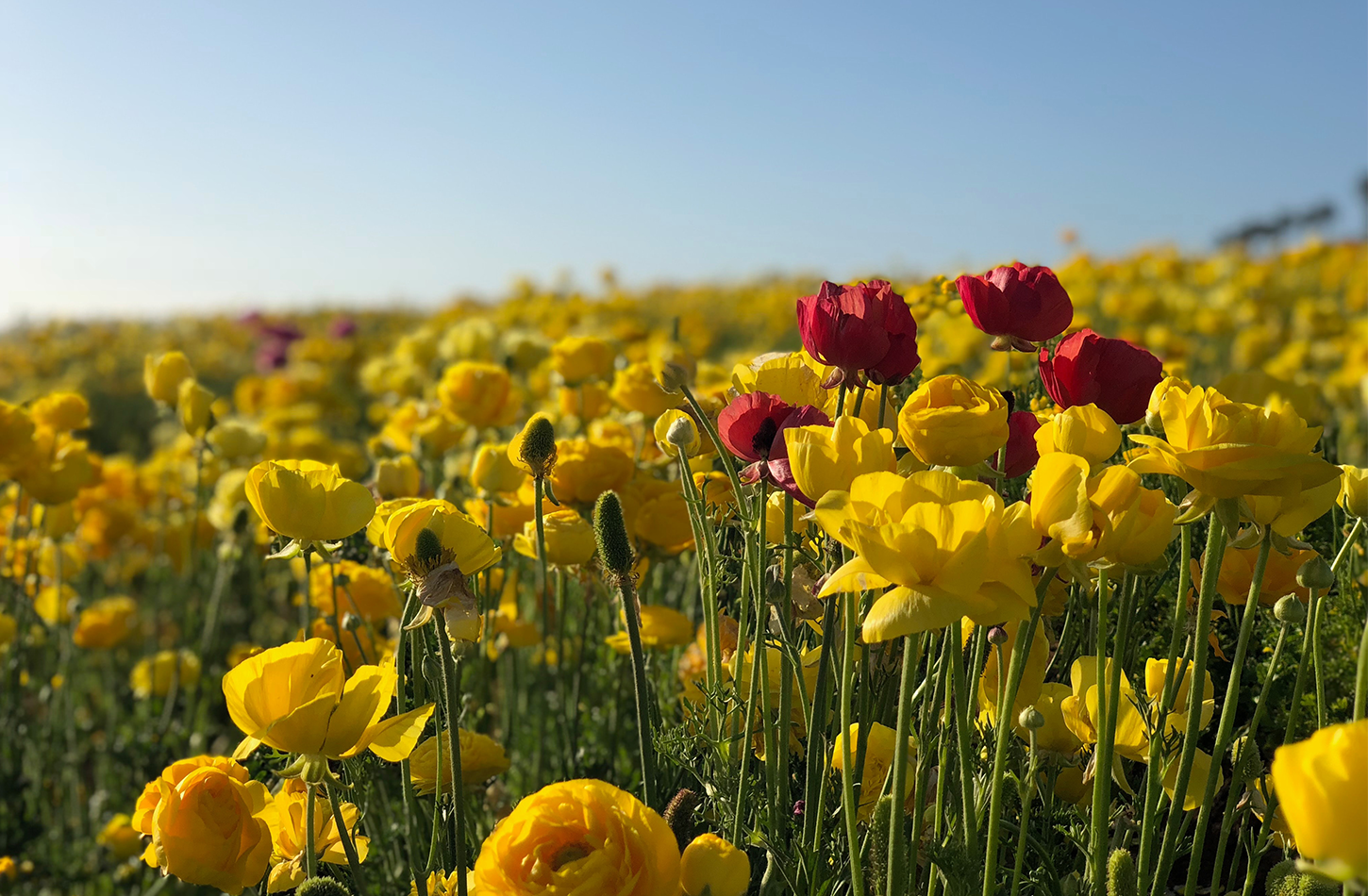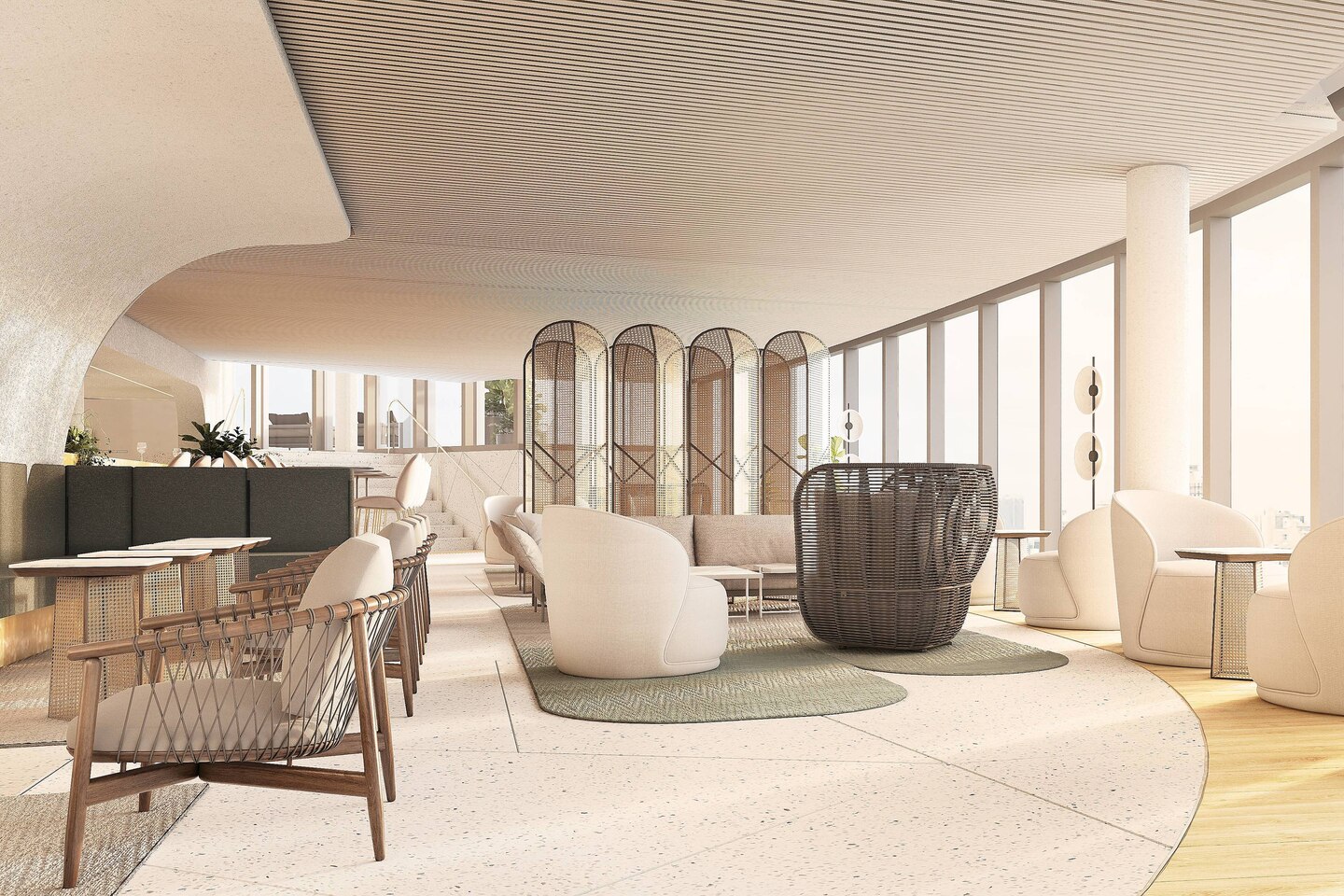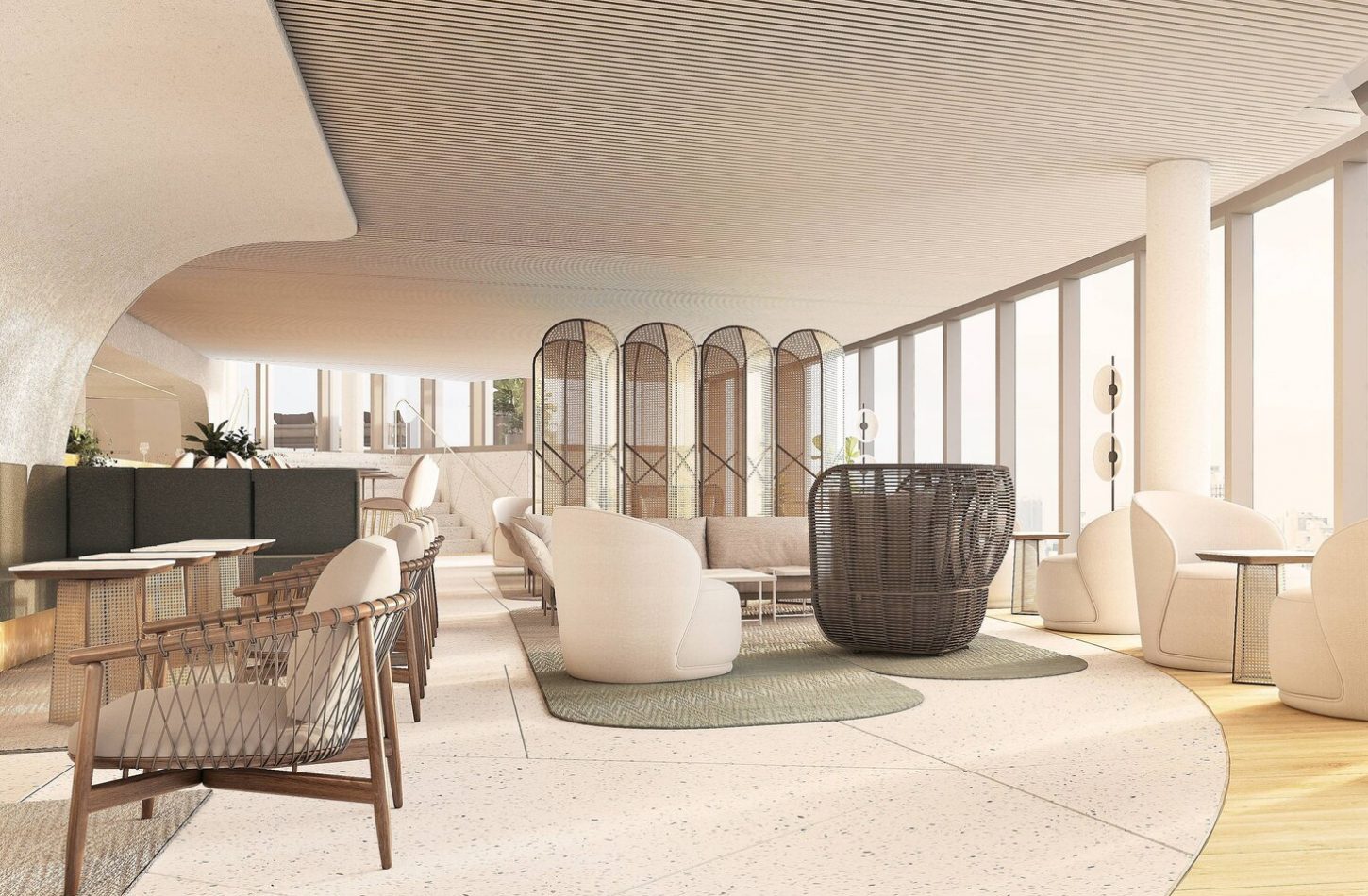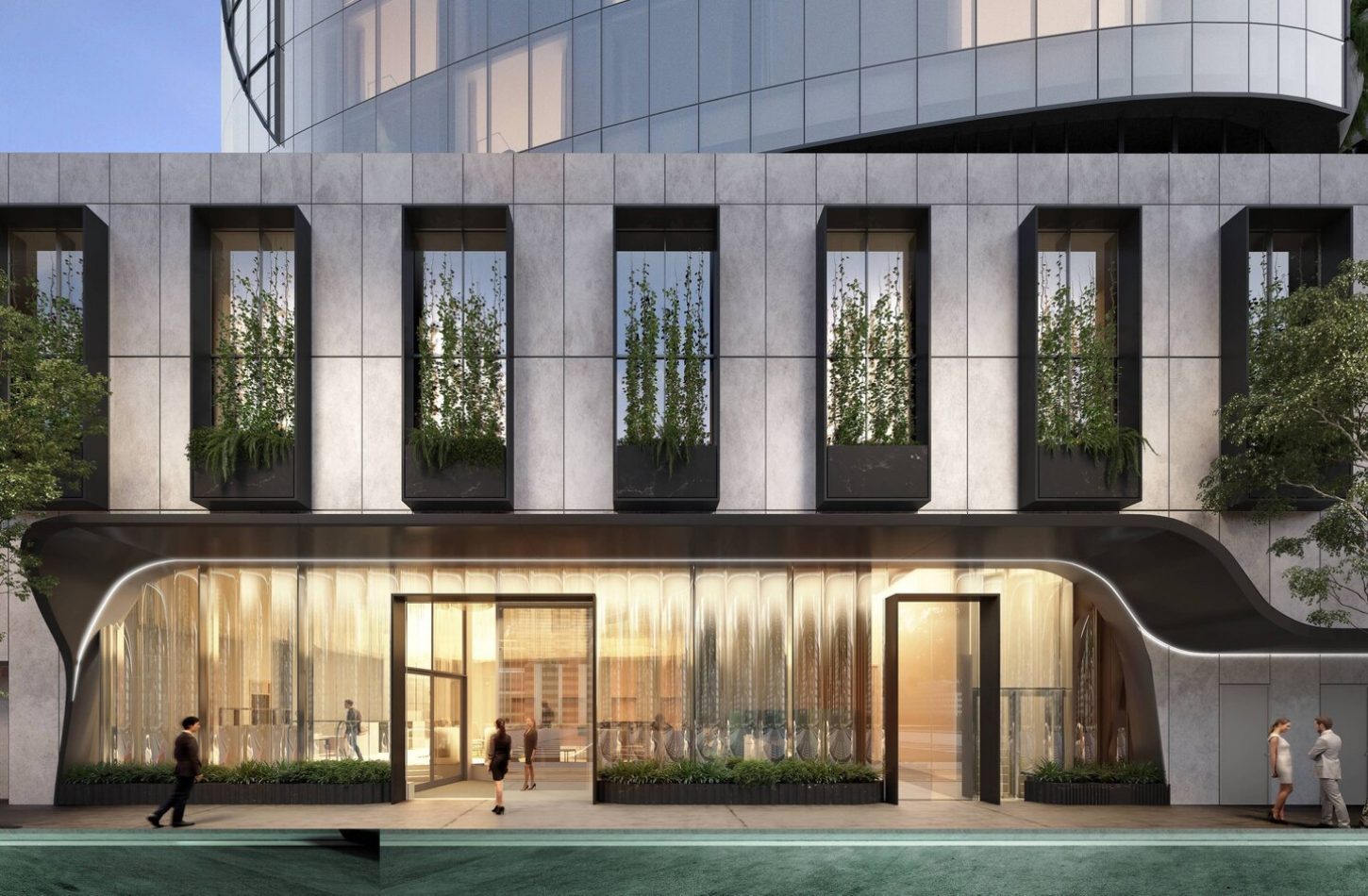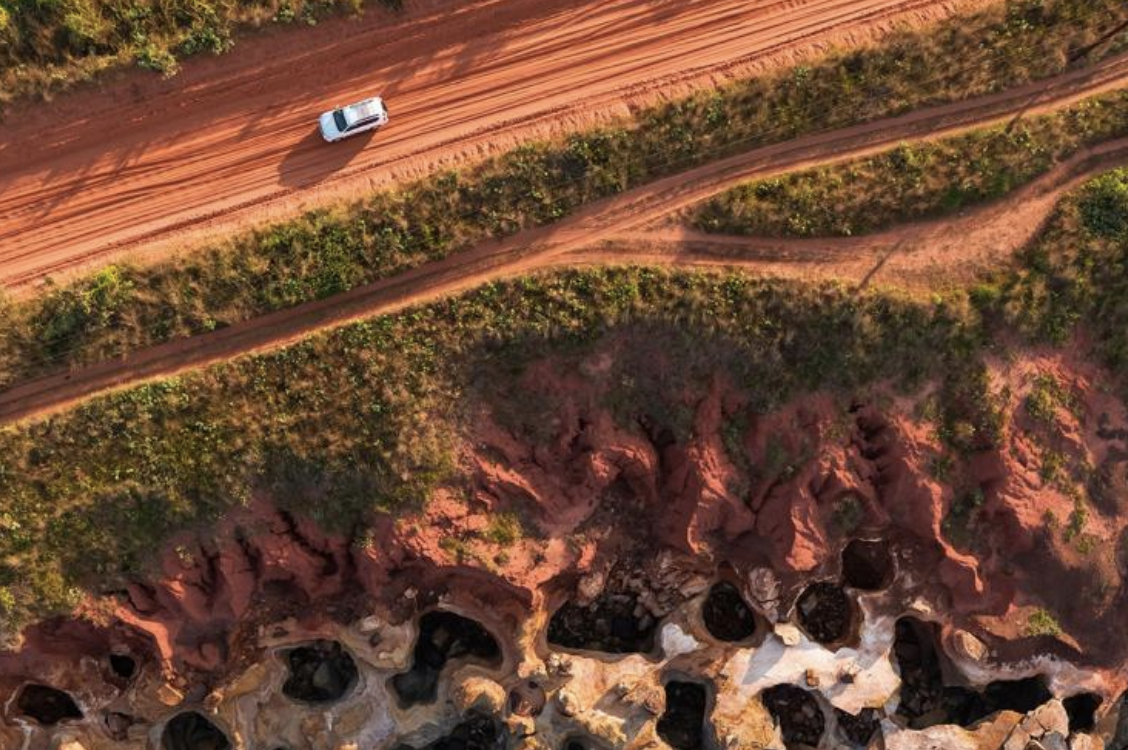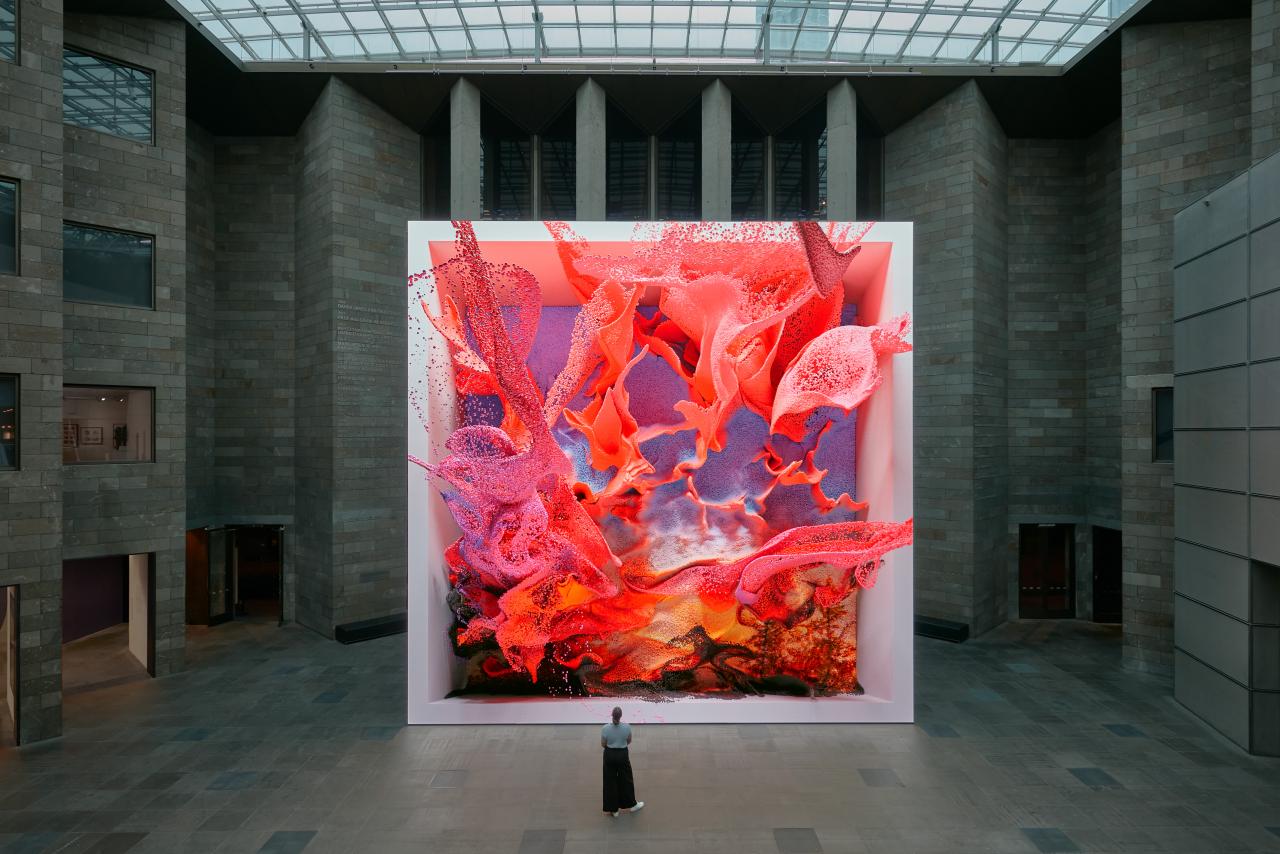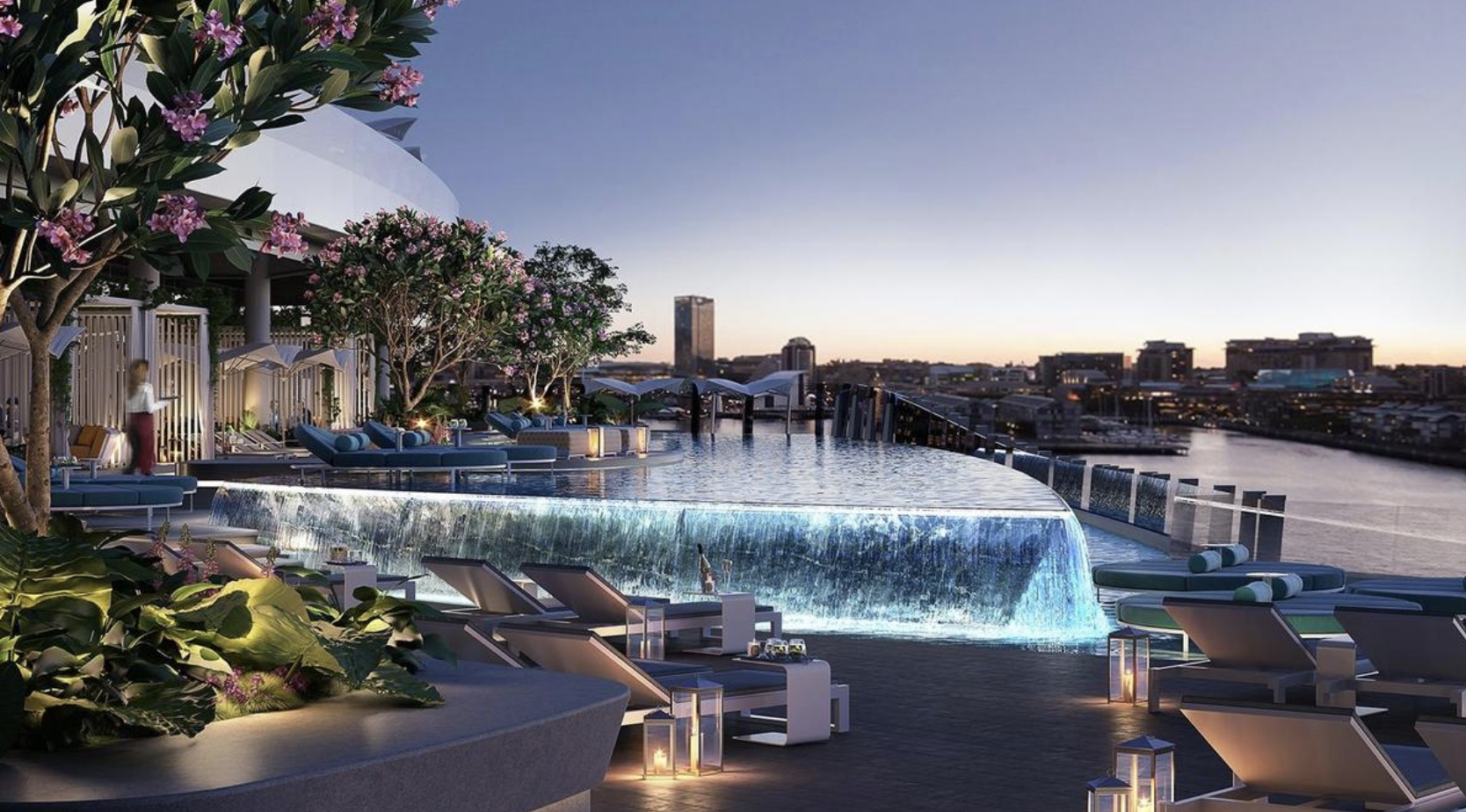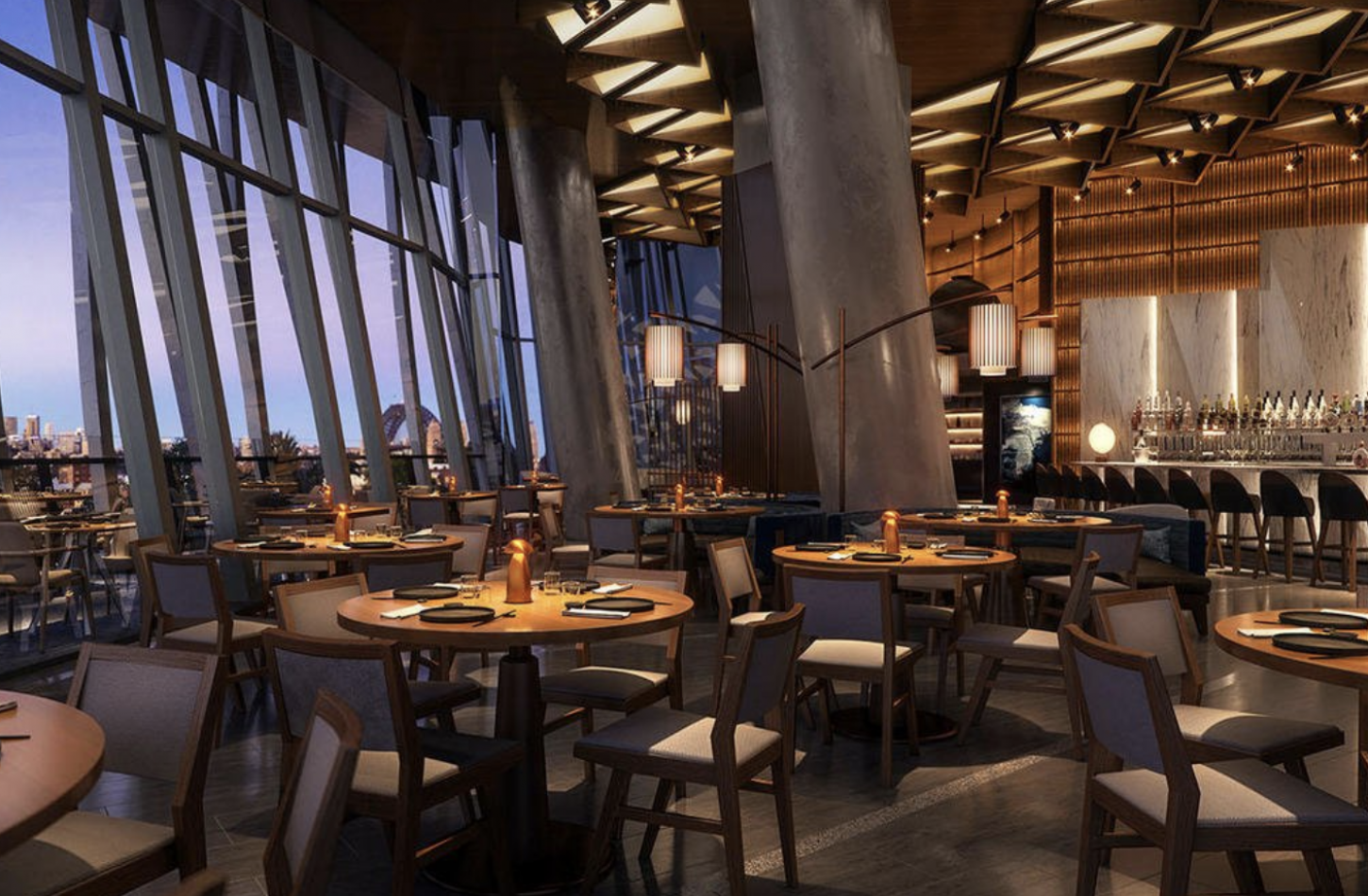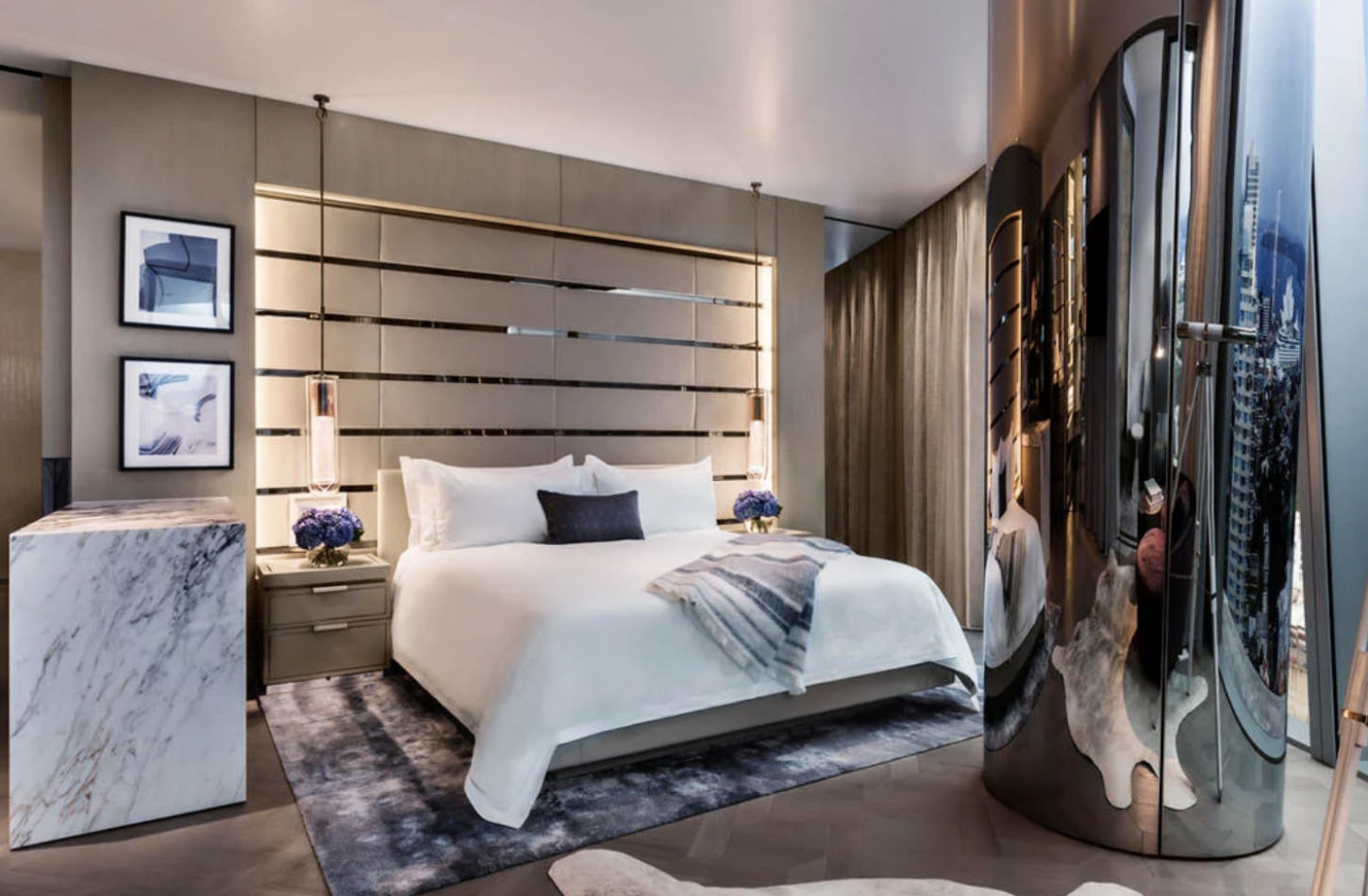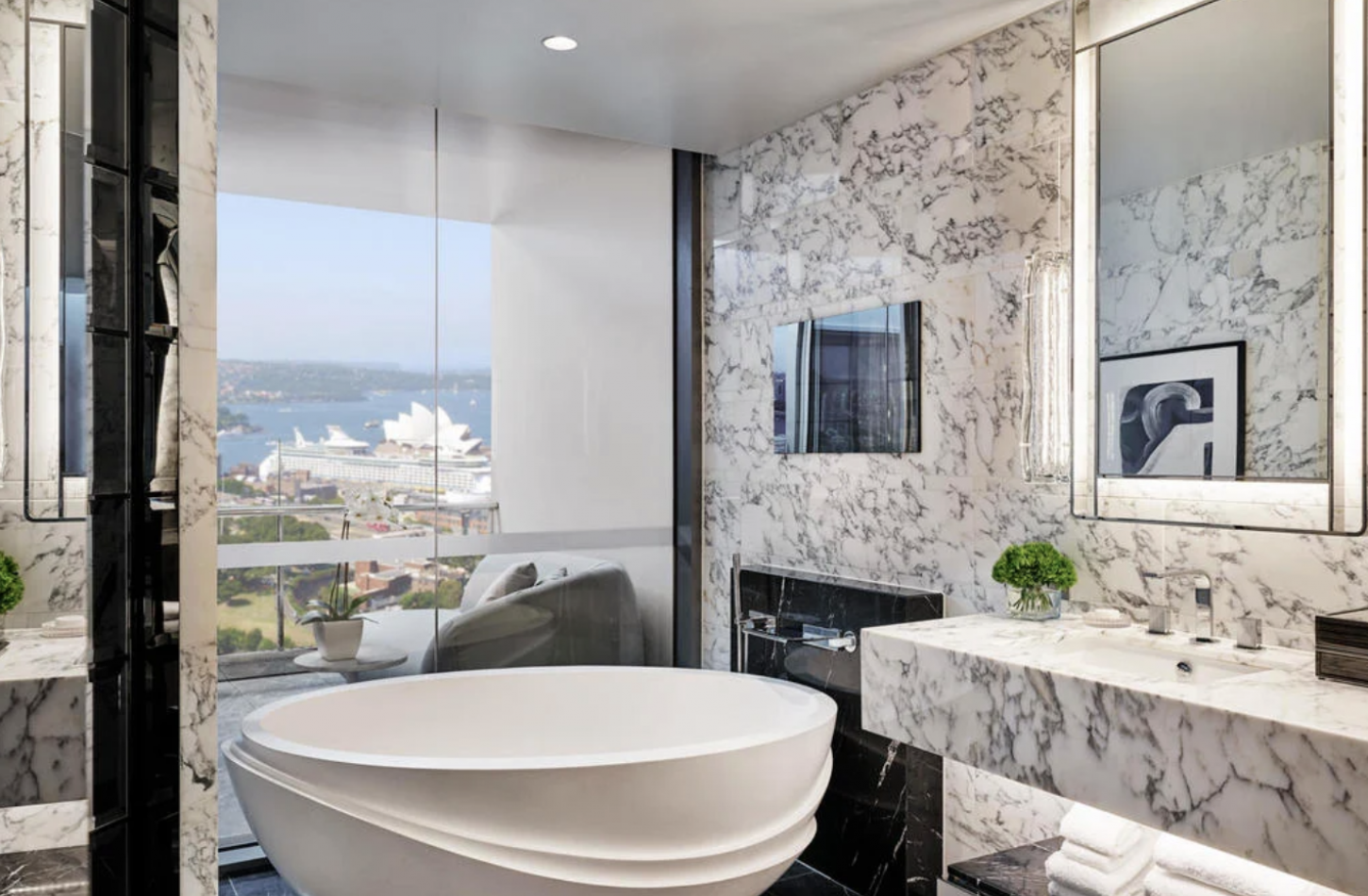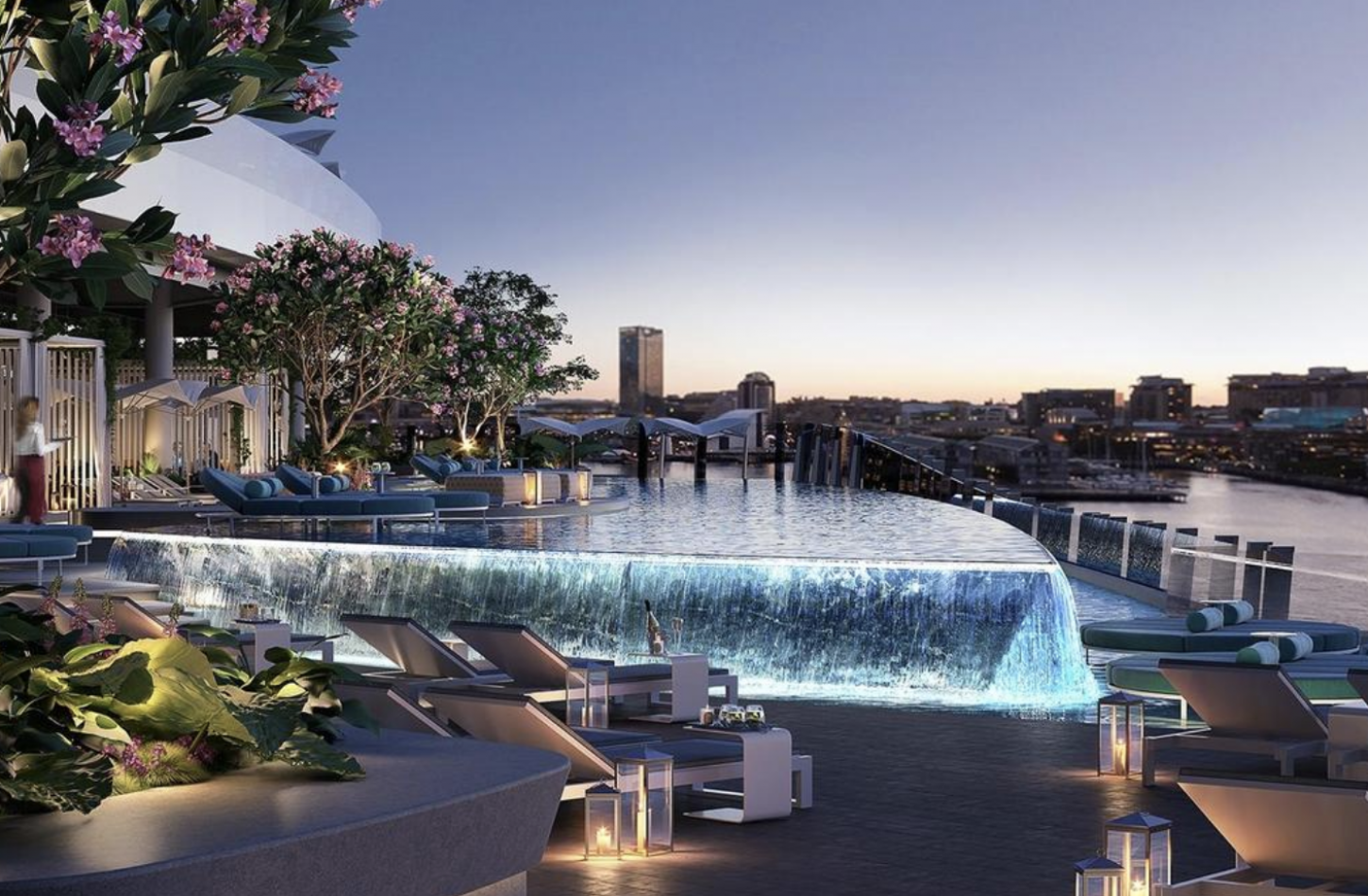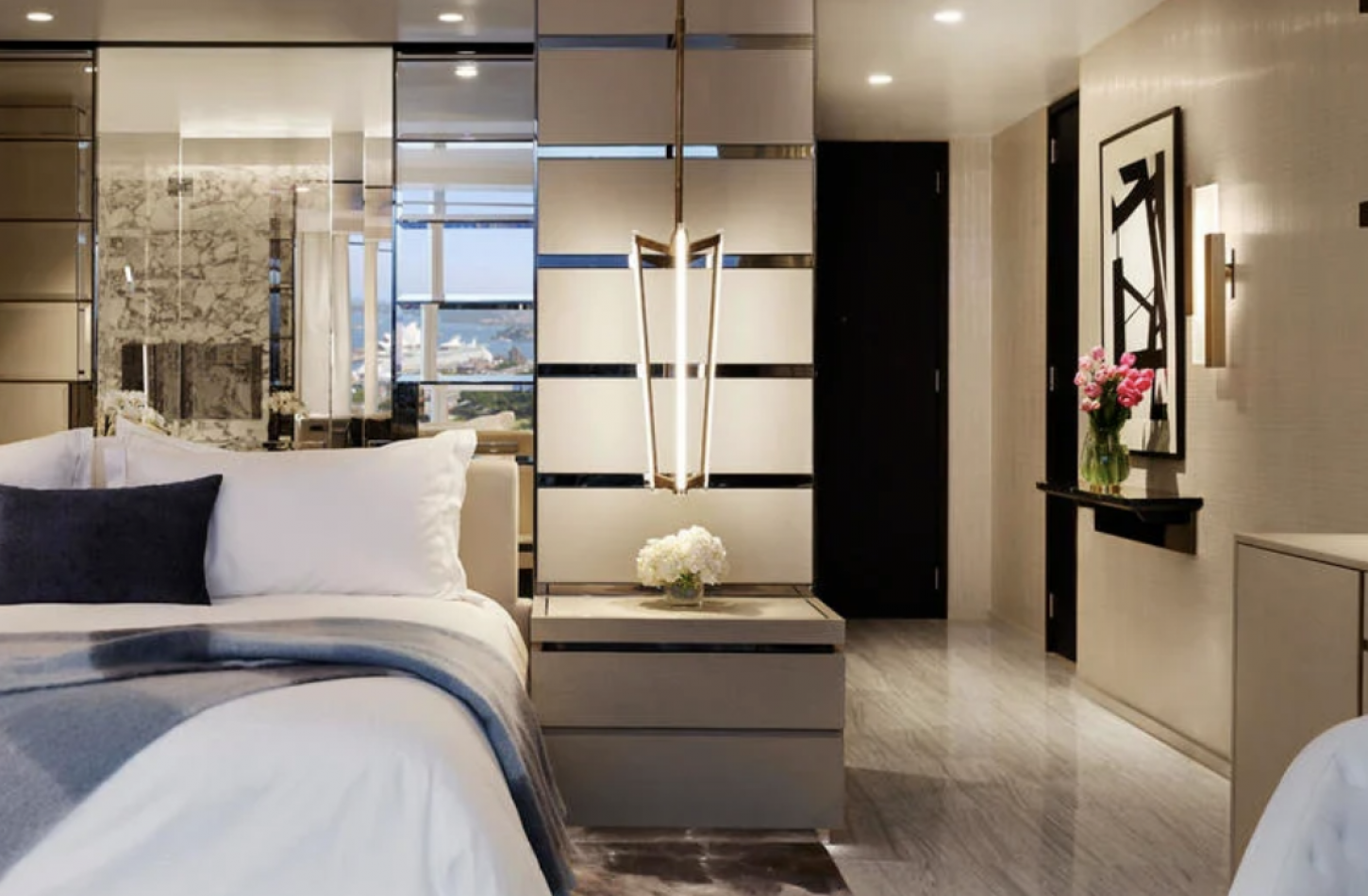The major difference between Starlink satellite and traditional satellites is that they’re 60 times closer to Earth. This means Starlink can deliver faster, more responsive connectivity than you’d typically expect from a satellite internet service.
When will Starlink be available in Australia?
Starlink launched in “beta” in the US in October last year, and the telco is now accepting pre-orders for Australian addresses with the goal of delivering services in mid-to-late 2021. The company however notes that availability is limited, and orders will be fulfilled on a first-come, first-serve basis.
Starlink is already able to deliver service to Australians living in central Victoria and southern New South Wales, but says there is “limited supply”. The company says the service will expand across the country in the coming months.
At present, Starlink is only able to provide internet service to “low and remote density areas”. This covers the majority of Australia, with the exception of Sydney, Brisbane, Melbourne, Adelaide, Perth, and the Gold Coast. It is however possible that Starlink could obtain a license to deliver internet to large cities too.
How much does Starlink cost in Australia?
Starlink plans will set you back $139 per month. You’ll also need to pay $709 in hardware fees, and $100 in shipping and handling. If you pre-order, you’ll need to put down a fully refundable deposit of $139. The telco notes that putting down a deposit won’t necessarily guarantee you a service.
At this stage, Starlink has just a single plan with unlimited data. In its FAQ, the company notes there the service currently has no data caps while in “beta”, but hasn’t clarified whether this will still be the case down the line.
How fast is Starlink?
During beta, Starlink is targeting download speeds of 50Mbps to 150Mbps, with latency of 20ms to 40ms. That’s potentially a bit faster than an NBN 100 plan, but with much higher latency. Most fixed line internet plans should be able to achieve latency of under 10ms. 20ms is roughly on par with a 4G mobile connection.
However, in a tweet, Musk said that Starlink speeds will increase to as fast as 300Mbps later this year. In addition, he’s hoping that latency will sit round 20ms more consistently, rather than blowing out toward 40ms.
What equipment do you need for Starlink?
Starlink orders include a Starlink dish, mounting tripod for ground level use, and a WiFi router. Notably, the Starlink dish can work from ground level without needing to be installed to your home’s roof. However, if you can’t find a clear field of view from ground level, you’ll want to consider a roof install. Roof mounts for the Starlink dish are sold separately.
What happens if I want to cancel my Starlink order?
If you’ve made a Starlink order and you’ve changed your mind, you can cancel it and get a refund through the Customer Account Portal.
If you get your Starlink kit and decide it’s not right for you, you can cancel your service and get a full refund if you do so within 30 days of shipment. After the 30 day period is up, you can cancel your plan, but you won’t get a refund on your plan fees or hardware.
Note that Starlink units are tied to a specific satellite, and as such, you can’t change address or move your unit without contacting the Starlink support team.
